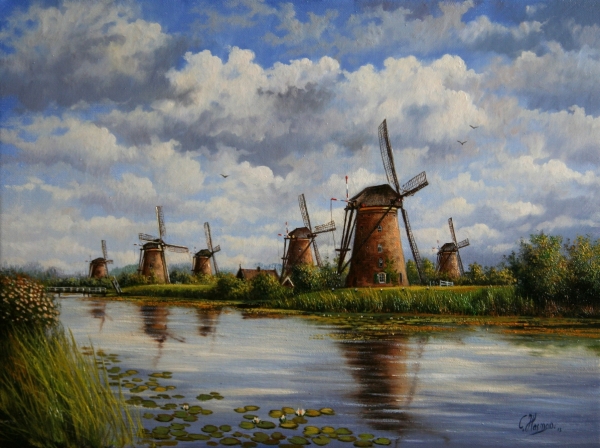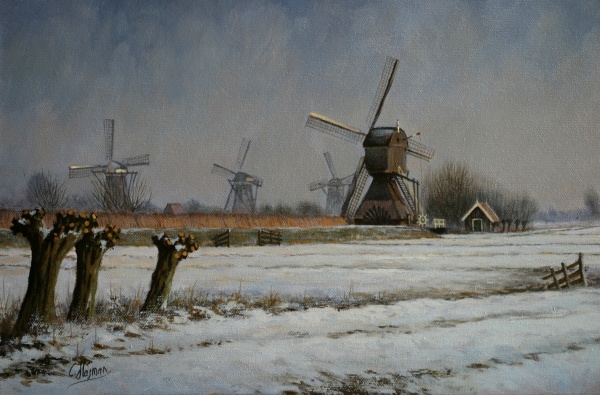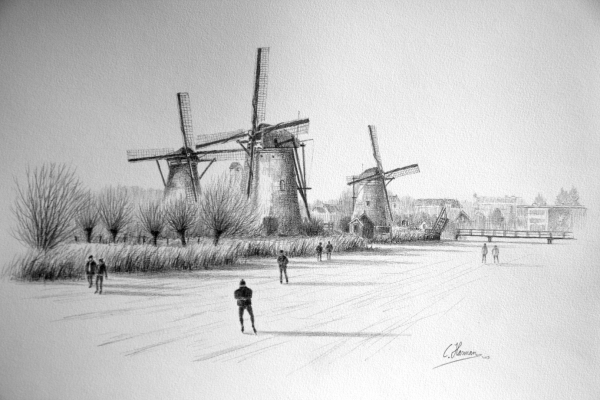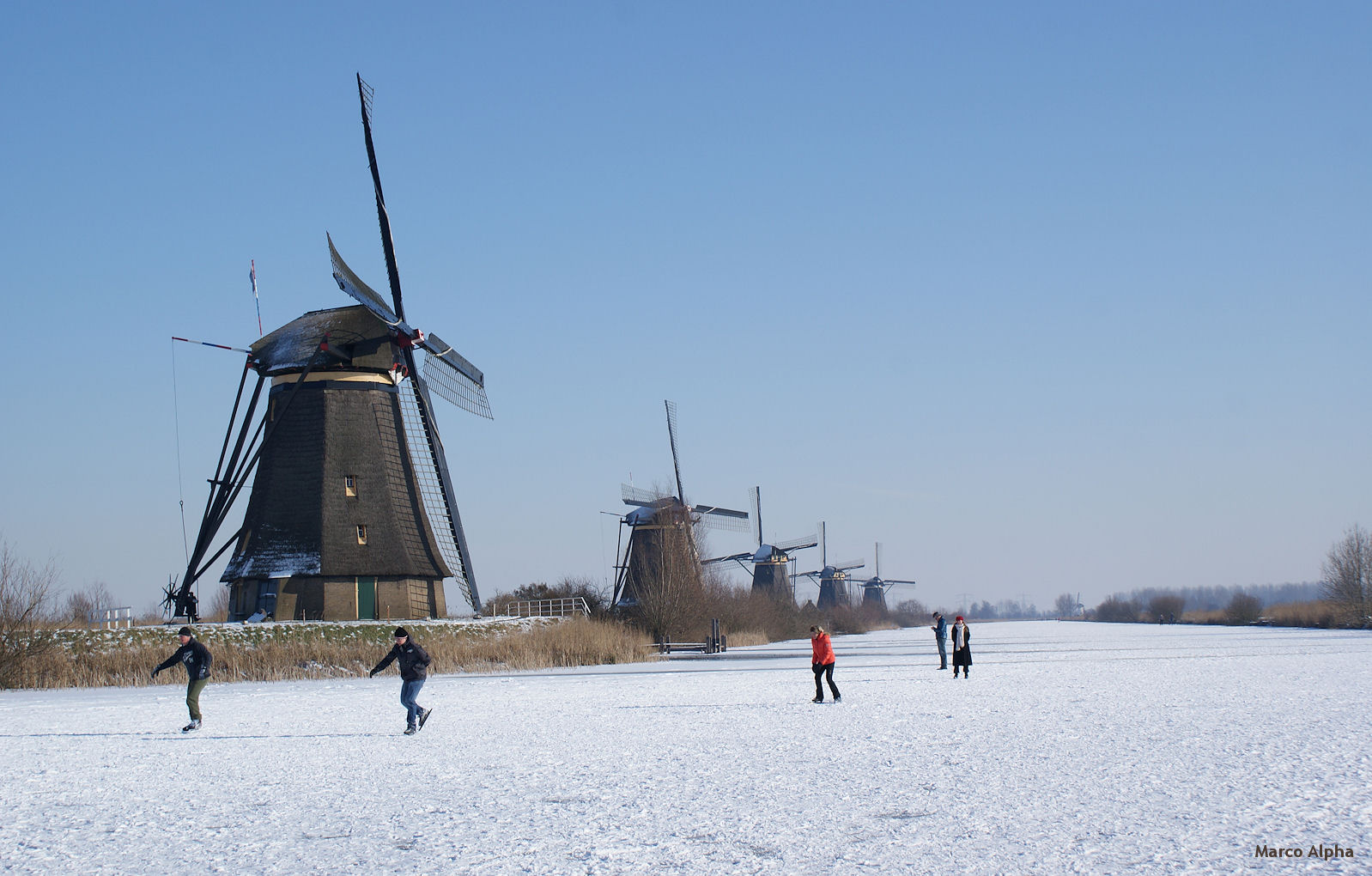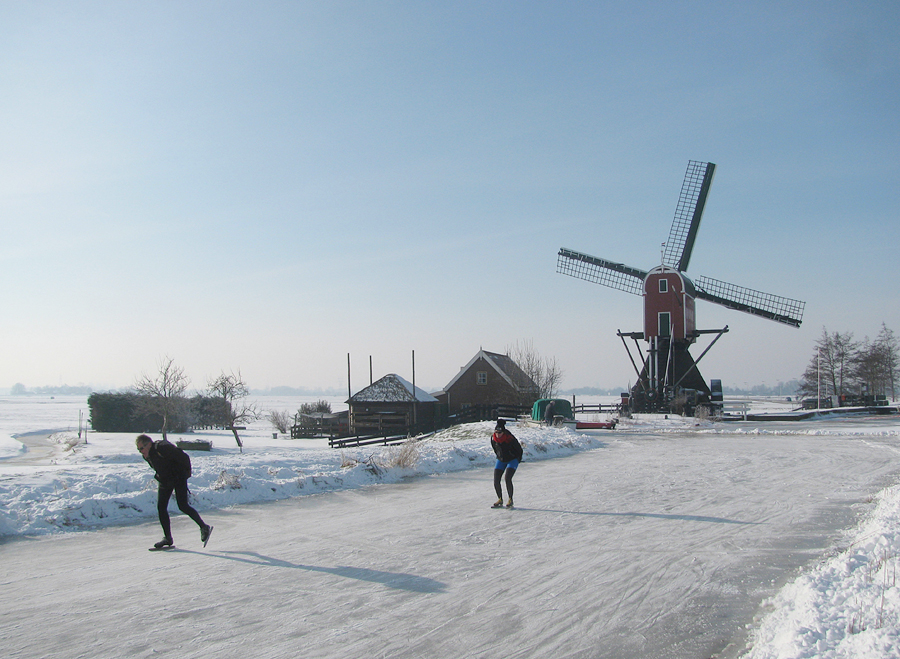Post by Jaga on Jul 2, 2017 15:30:32 GMT -7
Pieter and all,
today story in our Post Register newspaper was from your country and it is an AP story about Kinderdijk windmills. I hope I would have a chance to see them one day
www.washingtonpost.com/lifestyle/travel/kinderdijk-windmills-a-must-see-on-any-trip-to-holland/2017/06/29/52320c4e-5cf9-11e7-aa69-3964a7d55207_story.html
KINDERDIJK, Netherlands — The windmills at Kinderdijk were built in the mid-1700s as a way to clear water from the low-lying landscape of the western Netherlands.
Sometime in the 1950s, the millers and water board members started seeing visitors in sneakers carrying cameras.
Yep, tourists.
The Dutch embraced the visitors and the Kinderdijk windmills have since become one of the country’s most popular tourist destinations while continuing to help manage the Netherlands’ ongoing fight to stay above water.
There are some windmills north of Amsterdam that “were built for the tourists, but we’re a historical site where tourists come, so it’s the other way around,” said Kinderdijk communications manager Peter Paul Klapwijk. “Tourism is a means to uphold our site.”
Kinderdijk, which translates to children’s dike, lies in the Alblasserwaard polder (land that’s been reclaimed from the sea, marshes or river floodplains) at the confluence of the Lek and Noord rivers. The village is in the western portion of the Netherlands, much of which is near or even below sea level.
The lowlands have been prone to flooding through the ages despite the building of canals and dikes, including the 1421 Saint Elisabeth’s flood that killed thousands after the dikes broke in several places.
To stem the flooding, the Kinderdijk windmills were built in 1738 and 1740 — two earlier than that — to move water from the lower areas to higher spots and into the river.
Nineteen of the original 20 Kinderdijk windmills remain and were named a UNESCO World Heritage site in 1997.
And what a sight they are.
Lining the canals that zigzag between the two rivers, the windmills are a striking and iconic glimpse into Dutch history with a modern-day functionality.
today story in our Post Register newspaper was from your country and it is an AP story about Kinderdijk windmills. I hope I would have a chance to see them one day
www.washingtonpost.com/lifestyle/travel/kinderdijk-windmills-a-must-see-on-any-trip-to-holland/2017/06/29/52320c4e-5cf9-11e7-aa69-3964a7d55207_story.html
KINDERDIJK, Netherlands — The windmills at Kinderdijk were built in the mid-1700s as a way to clear water from the low-lying landscape of the western Netherlands.
Sometime in the 1950s, the millers and water board members started seeing visitors in sneakers carrying cameras.
Yep, tourists.
The Dutch embraced the visitors and the Kinderdijk windmills have since become one of the country’s most popular tourist destinations while continuing to help manage the Netherlands’ ongoing fight to stay above water.
There are some windmills north of Amsterdam that “were built for the tourists, but we’re a historical site where tourists come, so it’s the other way around,” said Kinderdijk communications manager Peter Paul Klapwijk. “Tourism is a means to uphold our site.”
Kinderdijk, which translates to children’s dike, lies in the Alblasserwaard polder (land that’s been reclaimed from the sea, marshes or river floodplains) at the confluence of the Lek and Noord rivers. The village is in the western portion of the Netherlands, much of which is near or even below sea level.
The lowlands have been prone to flooding through the ages despite the building of canals and dikes, including the 1421 Saint Elisabeth’s flood that killed thousands after the dikes broke in several places.
To stem the flooding, the Kinderdijk windmills were built in 1738 and 1740 — two earlier than that — to move water from the lower areas to higher spots and into the river.
Nineteen of the original 20 Kinderdijk windmills remain and were named a UNESCO World Heritage site in 1997.
And what a sight they are.
Lining the canals that zigzag between the two rivers, the windmills are a striking and iconic glimpse into Dutch history with a modern-day functionality.



